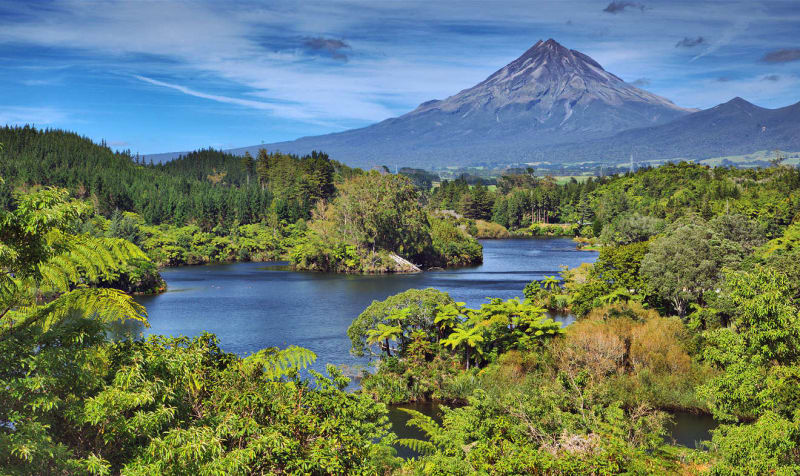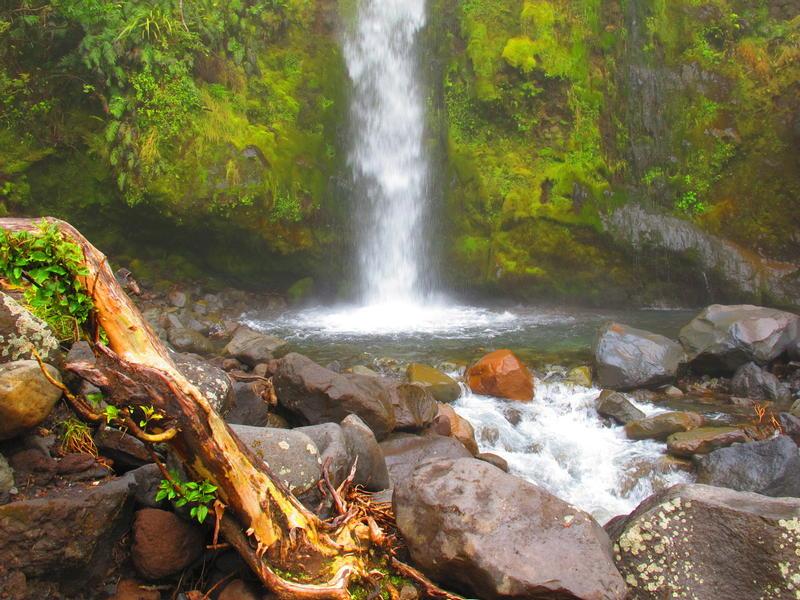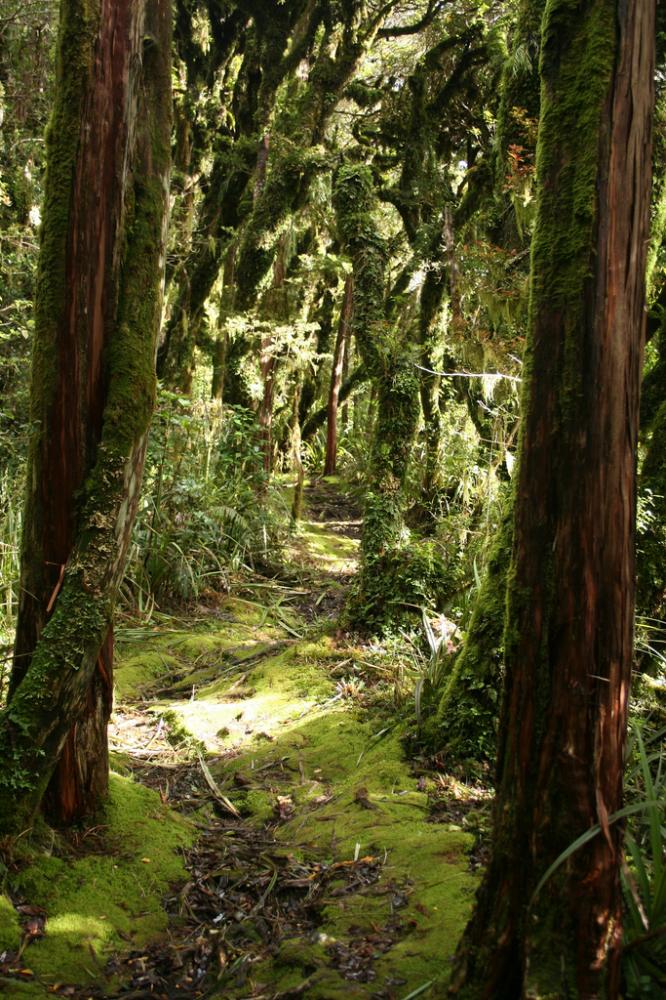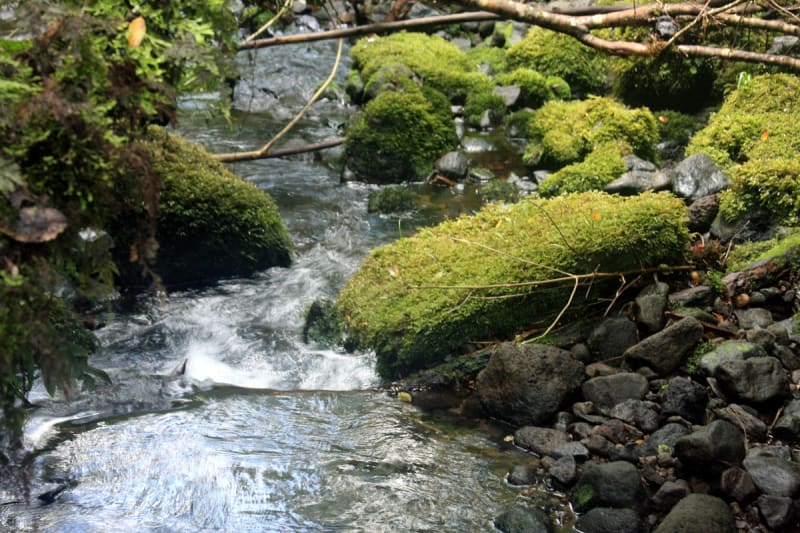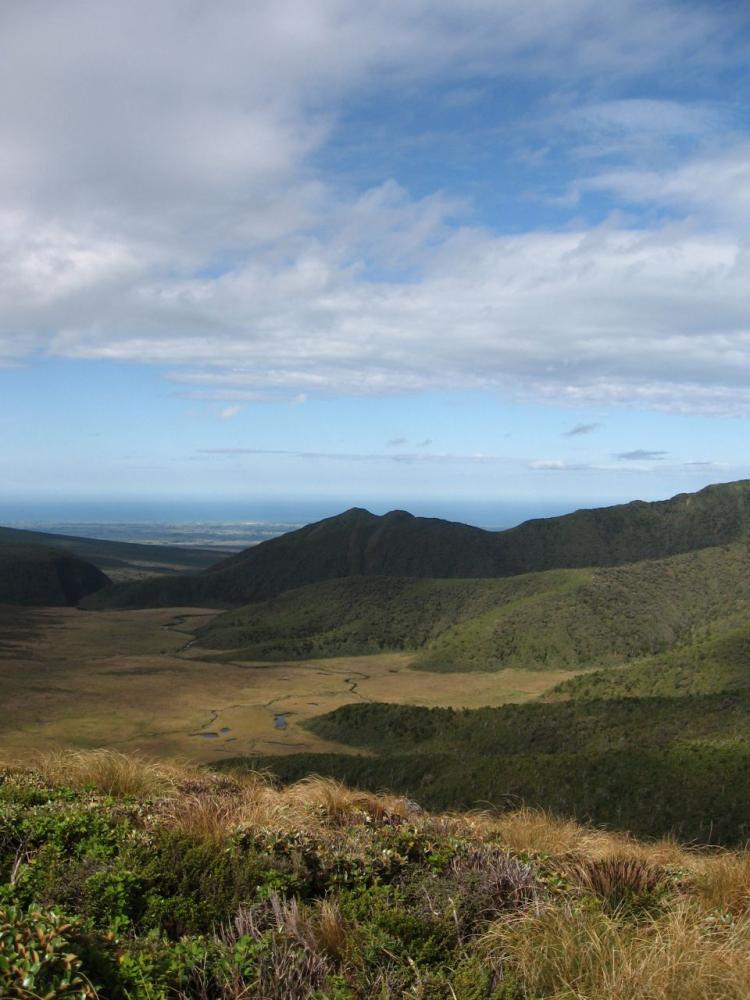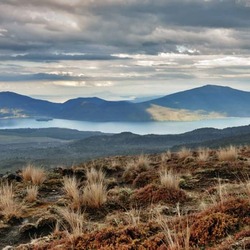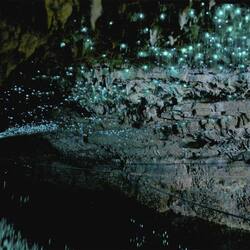Egmont National Park
Egmont is a national park in New Zealand. The park was founded in 1900 on the western part of the North Island on an area of 335 km2. There are three volcanoes in the park: Kaitake, Poukai and Egmont. Dozens of marching routes have been developed for travelers in the park, ranging from 15 minutes to 3 days in duration. One of the most beautiful routes passes near Dawson Waterfalls. In addition, there are lakes and a ski resort in the park.
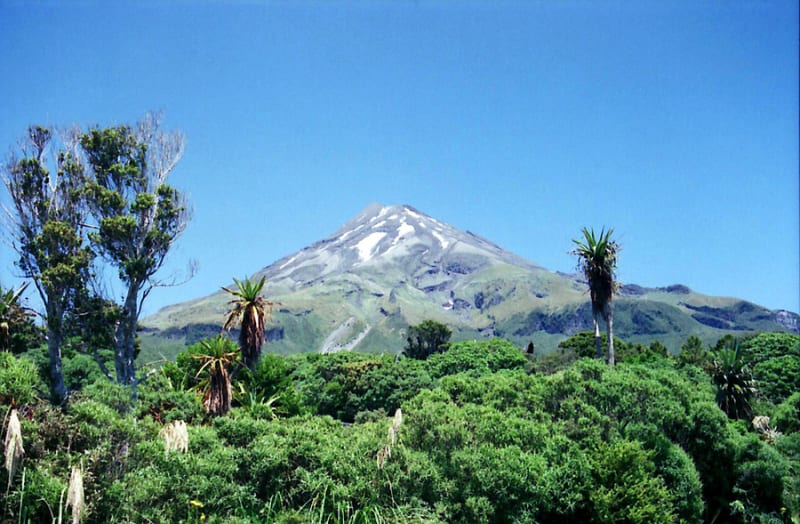
The park is named after the mountain, and the mountain itself was named after Count John Percival Egmont. The mountain was named by James Cook, who thanked him for sponsoring his sea voyages. For hundreds of years, the mountain was called "Taranaki" by the Maori. The volcano is more than 120,000 years old and its last eruption occurred in 1775. Nevertheless, experts consider the volcano to be dormant. Because of its resemblance to Mount Fuji, Tanaraki was used as the backdrop for the Tom Cruise film The Last Samurai.
Egmont is symmetrical on all sides, except for one bend at the site of the second crater called Fanteme Peak. Taranaki is very popular among amateur climbers who easily climb the mountain in 5-6 hours. But you should be prepared for a sudden change in the weather, because a small snowball can turn into a snowstorm in half an hour.
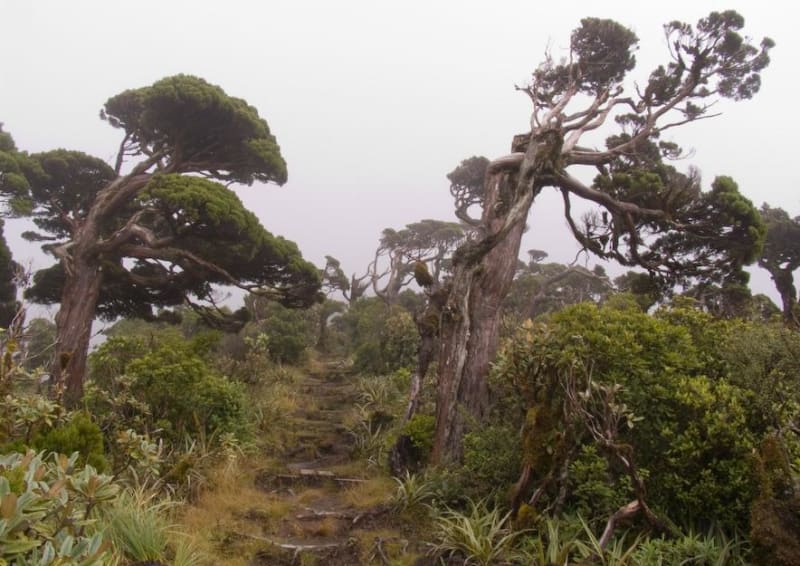
According to Maori legend, Taranaki used to stand in the center, next to the mountains Tongariro, Ruapehu and Ngauruhoe. But one day he fell in love with Pihanga Mountain, after learning about it, the jealous Tongariro got angry at him and Tanaraki had to leave for the west.
Vegetation in Egmont National Park changes with increasing altitude, at high altitudes there is vegetation of the subalpine belt, as well as Alpine shrub thickets, and pastures are located below. From a great height in the park, you can see the pronounced drainage system. In addition, it is worth paying attention to the "Goblin Forest", which got its name because of the twisted trees overgrown with thick moss. At an altitude of 920 meters, there is a deep alpine swamp covered with a large layer of swagnum moss. The swamp is located between Mount Tanaraki and the Pouka Range, and endemic plants grow in it that have adapted to acidic soil and hot temperatures.
